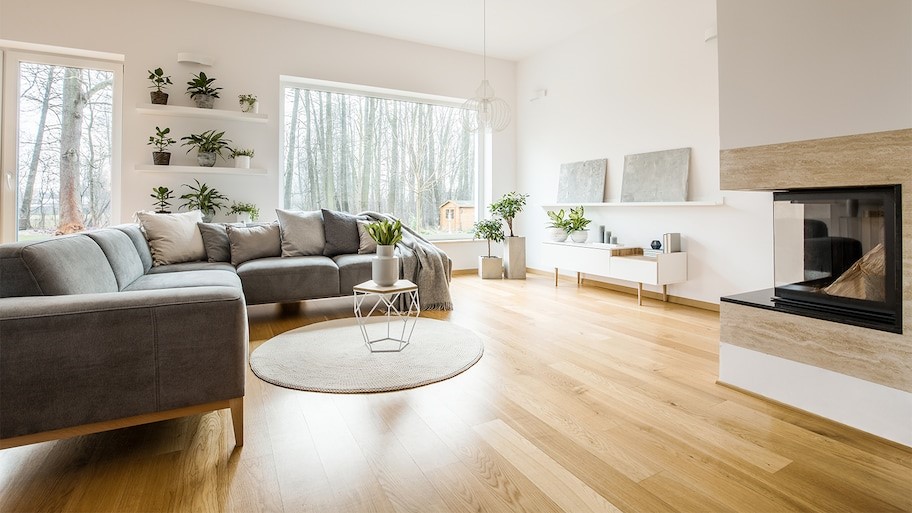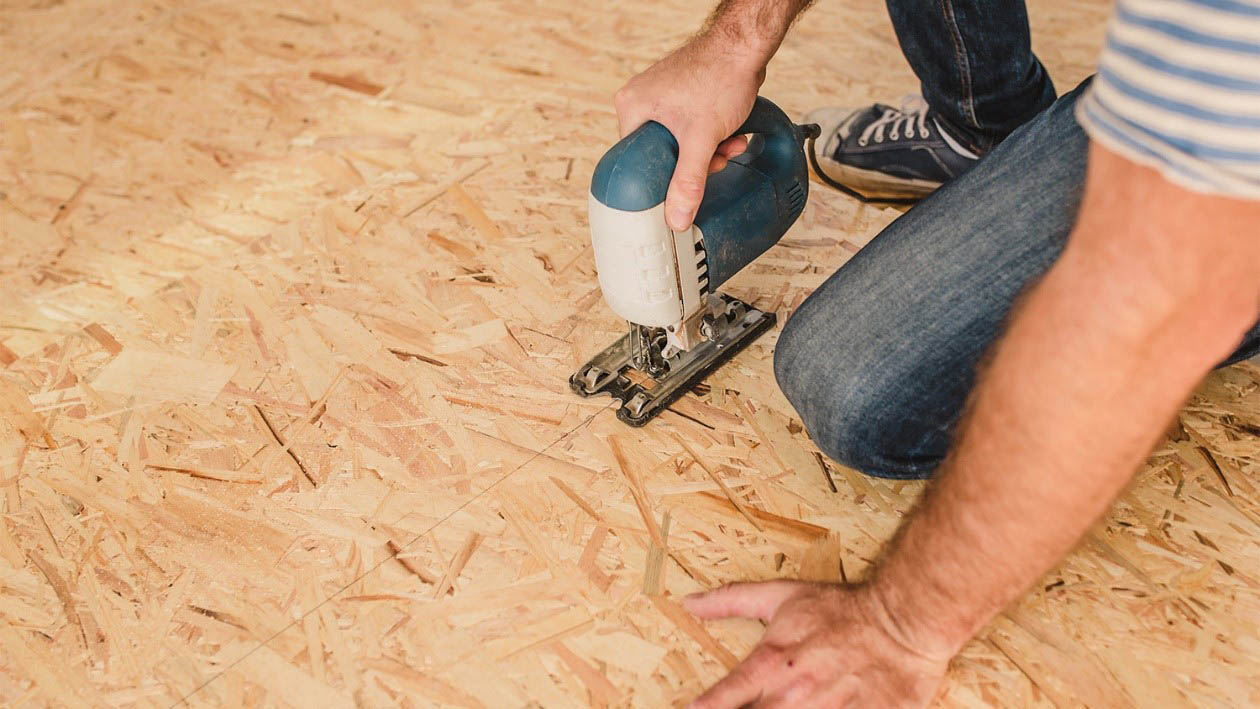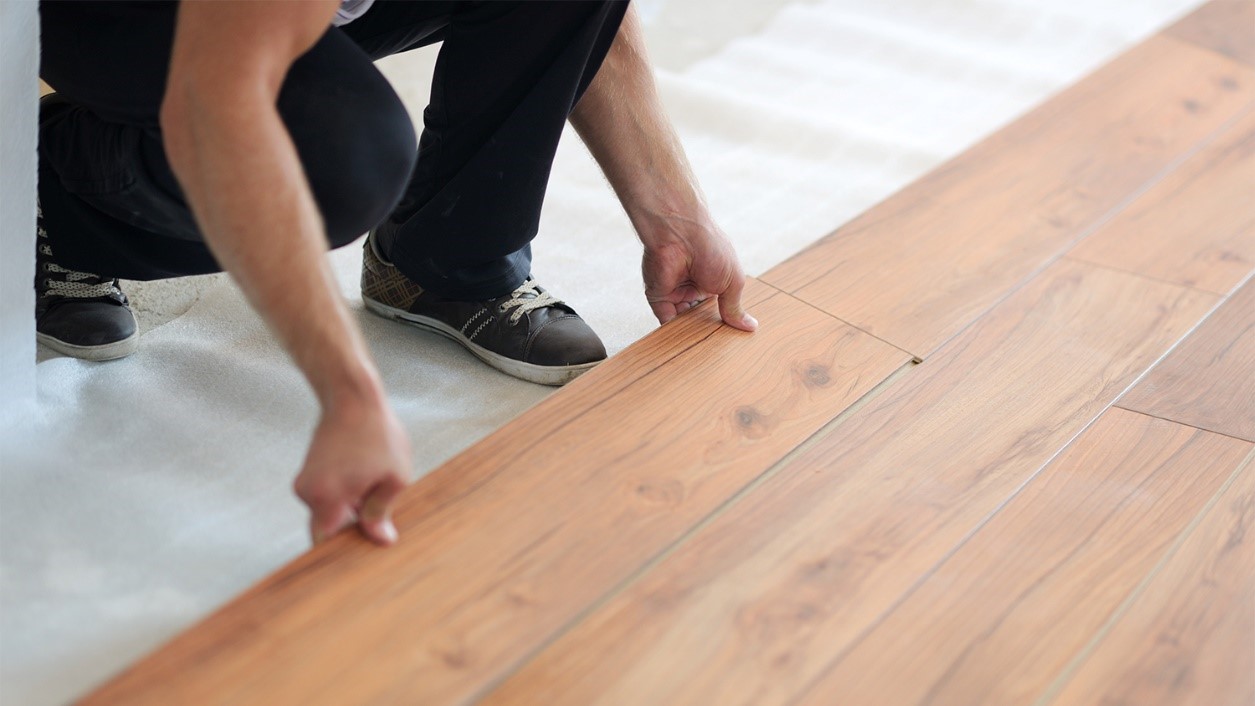
Should You Choose OSB or Plywood ? Here is What to Consider

Whether you're building a new house or doing some renovating, you might have to purchase some wood panels for subfloors or sheathing. There are many choices available, but the two most commonly used products are oriented strand board (OSB) and plywood.
OSB and plywood are both made from wood pieces, glues, and resins. They come in large sheets or panels, and each can be used for a variety of purposes. But, depending on your specific needs, one might be the better choice for your project.
What Is OSB?
OSB stands for oriented strand board. Sometimes called flakeboard, OSB is an equivalent product to plywood.
OSB is an engineered material made from multiple layers of wood fiber or strands compressed together and glued with high-tensile resins. The finished product is large, rectangular-shaped panels with a rough appearance. The manufacturing process offers customization for desired thickness, strength, size, and rigidity.
Pros and Cons of OSB

OSB is one of the most-used materials for builds and remodels. Here are some factors to consider before choosing this material.
Pros of OSB
· Larger panels: Up to 16 feet in length, making it possible to use a single sheet to sheath a wall
· Environmentally friendly: Green builders appreciate OSB, which is manufactured from small, fast-growing trees, many of which come from farms rather than forests
· Cost-effective: Less expensive than plywood, it can cost $15 - $43 per sheet.
· More uniform density: OSB sheets compact 50 layers into a single sheet, making thicker panels with no soft spots
· Great load-bearing capacity: Due to the number of layers and resins used, OSB is structurally stronger than its plywood counterpart
Cons of OSB
· Not a finishing product: It looks rough and is hard to paint
· Contains formaldehyde: Formaldehyde can be toxic when inhaled, causing irritation in the skin, eyes, nose, and throat. OSB and other formaldehyde-containing composite wood products must meet standards set by the Environmental Protection Agency
· Not good with water: OSB swells when it comes into contact with water, causing OSB floors to be more likely to squeak and crack
What Is Plywood?
Plywood comprises several thin sheets (called plies) of milled wood glued together with a hot press. While the inner layers are made from softwood, the outer layers are hardwood, which increases the panels’ strength and durability. The layers of each sheet are positioned perpendicular for a consistent final look.
Pros and Cons of Plywood

Plywood is one of the top structural panels in the construction industry and is a popular go-to among DIYers. Here are the pros and cons of plywood.
Pros of Plywood
· Versatile: Comes in many sizes and finishes, and it can be used for finishing work
· No formaldehyde: Since 2019, plywood is formaldehyde-free
· Holds up to moisture: Plywood absorbs moisture, but it will also dry quickly and won’t warp when damp
· Durable material: A sheet of plywood offers high-strength material, making it great to use when constructing flooring, shear walls, and beams
Cons of Plywood
· Water damage: Plywood is porous and susceptible to damage when exposed to prolonged flooding or leaks
· Weak spots: A sheet of plywood consists of several large veneers of wood. It can have knots that, if aligned, could create soft spots throughout the sheet.
· Panels are not as large: Plywood is often 6 feet per sheet, while OSB may be up to 16 feet per sheet
· Not an environmental material: Created from veneer sheets of big trees, making plywood not as green as OSB
OSB vs. Plywood: Which Is Right for You?
While OSB and plywood may seem similar and generally interchangeable, the way each material is manufactured contributes to their unique features. To evaluate the best option for your project, here's a cheat sheet for picking the right material.
Appearance
Plywood comes in different styles and appearances, but generally, it takes the appearance of wood. The top layer of plywood is usually hardwood, such as birch or maple. The wooden look makes plywood perfect for cabinets and shelves.
OSB is made of many strands of wood pressed together, giving it a rough texture. OSB is not used for finished surfaces because it's not susceptible to paint or stain. It's generally installed underneath a finish material, such as siding.
Best appearance:Plywood
Durability
Plywood and OSB are equally strong and durable materials. Building codes recognize them both as wood structural panels, which means that both materials are strong enough to be used in construction.
Plywood tends to swell when it gets wet but returns to normal dimensions when dry. It dries out relatively quickly, and it usually doesn't affect the finishes.
OSB doesn’t absorb water as quickly as plywood, but it takes longer to dry out. This tendency to hold moisture means the edges can warp or swell and might not return to their original shape. However, OSB is often combined with high-quality waterproofing systems to avoid any damage. Some OSB manufacturers are starting to produce high-quality water-resistant OSB panels, which can be more expensive than traditional OSB.
Most durable: Plywood
Price
Generally, OSB is more affordable than plywood. Considering the number of structural panels you need to buy to sheath a roof or flooring, your savings could amount to hundreds or even thousands of dollars.
Most affordable: OSB
Installation
Many DIYers like to use plywood when doing projects around the house, such as installing cabinets, making tables, or remodeling around the house. But in terms of structural installation, OSB and plywood are quite similar.
Both panels are installed fast and easily for sheathing roofs, walls, and subfloors. Both work equally well and have equivalent ability to hold nails.
Easiest to install: Both
Uses
OSB and plywood are leading the market in North America and counting for many uses, such as sub-floors, sheathing of roofs, and sidings. Both of which have their applications and uses.
Subfloors: If you’re looking to replace a subfloor, it’s important to pick the best material. Subfloors and underlayments serve as a structural base for flooring products, making plywood a better option than OSB since plywood is better at handling moisture.
Roofs: Depending on your roofing design and where you live, plywood and OSB are great options for roof sheathing. However, if you live in a wet climate, OSB is not for you, as it is less resistant to water. In fact, the Miami-Dade County Board banned OSB for roof sheathing after Hurricane Andrew destroyed thousands of homes in 1992.
Walls and Siding: While OSB and plywood are equals for walls application, size determines which material to use. OSB panels come in up to 16 feet in length, while plywood is generally limited to 8 to 10 feet, making OSB a better option for applications where longer or wider panels are required.
Most versatile: Plywood
© Copyright 2024 Buildmart (Xiamen) Building Material Technology Co., Ltd.. All Rights Reserved.

IPv6 network supported